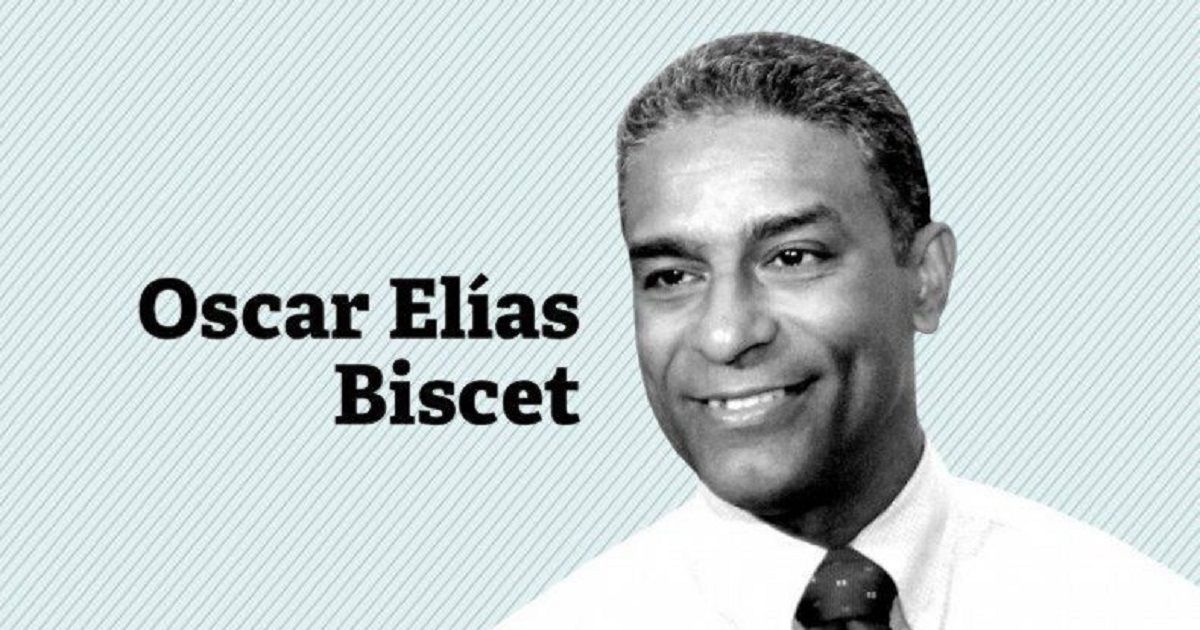The INEGI released the National Occupation and Employment Survey corresponding to March of this year. It is worth noting that the economically active population reached 60.5 million people, an increase of 2.1 million individuals compared to the same month in 2022. This increase was the result of an increase of 831,000 people in the working-age population (15 years or older). and the incorporation of 1.3 million who a year ago were out of the labor market as an economically inactive population.
Among all the information and for the purposes of this article, three facts stand out. First, the unemployment rate (people actively seeking employment without finding it) represented 2.8% of the EAP (1.4 million individuals). Second, the employment participation rate in the informal sector of the economy (working in illegal economy units producing legal goods, that is, companies that are not registered with the SAT and IMSS) as a percentage of the total employed population was 28.1%. (16.6 million people). Third, the labor informality rate (those who do not have access to the social security system) represented 55% of the employed population; 32.4 million employed individuals out of a total of 59 million working lack social security. A disaster that reflects a serious structural problem and misaligned incentives with the objective that the entire population has access to the social security system and far from having a universal social security system.
First, the unemployment rate is notoriously low, mainly because there is no unemployment insurance; those who do not work, whether formally or informally, do not eat. But in addition to this we must add that there are 1.9 million people who are not economically active but would be willing to take a job, but they do not do so because their reserve salary is higher than what they would be paid or there is a member of the unit family member who has income to support you inactive.
Second, employment in the illegal sector of the economy amounted to 16.6 million individuals. Millions of people working in millions of very small economic units that by their nature have obsolete production technology and very low total factor productivity, which is why they constitute a heavy burden that negatively affects economic growth.
Third, as noted, it is a disaster that 32.4 million employed individuals lack social security, especially access to the public health system. Seguro Popular was intended to give access to many of these individuals and their immediate family members. President Lopez, instead of correcting the existing deficiencies, simply canceled it and replaced it with a spawn, INSABI, which was a complete and utter failure. The scheme now proposed, the IMSS – Well-being, will also fail if it is not endowed with a sufficient budget to serve the target population and expand the infrastructure as well as efficient rules of operation.
However, having a dual social security scheme, particularly that corresponding to the health system constituted on the one hand by the IMSS for employees and direct family members of legally constituted private companies together with a scheme to serve the informal population is inefficient. The goal has to be to move towards a single social security system financed by general tax collection. This requires several significant changes, highlighting three.
First, reduce the regulatory costs of being in the formal sector of the economy. Excessive and inefficient regulation that imposes high entry barriers, in addition to being a source of corruption, encourages many economic units to operate illegally, for which reason they do not pay taxes and their employees lack access to the social security system. There has to be a deep reform in the three levels of government that reduces regulatory costs.
Second, employer contributions to the social security system (IMSS – Infonavit – SAR) act as a tax in the labor market, which makes formal job creation more expensive, as indicated by the fact that only 22 million people working in the private sector are registered with the IMSS. Gradually reducing employer contributions to the IMSS until it is eliminated is imperative to promote the creation of formal jobs and to be able to move towards a universal social security scheme.
Third, in order for the social security system of health services to be funded with general tax collection, it is necessary to structurally strengthen government revenue, which requires a deep tax reform that, notably, includes a homogeneous VAT.
It will be the task of the next government to implement it because it is clear that continuing the path followed by President López has been a failure and with enormous costs for the population, particularly the poorest.
Twitter: @econoclasta


